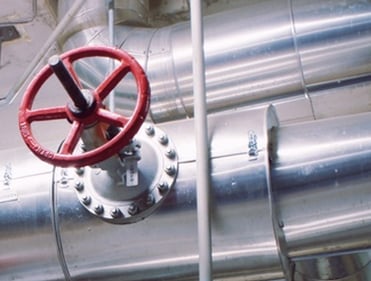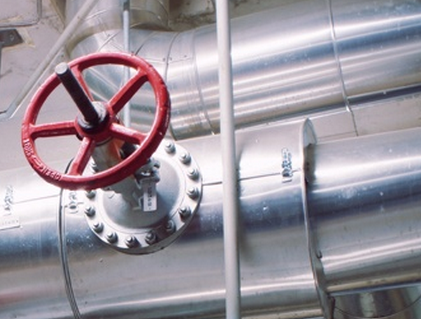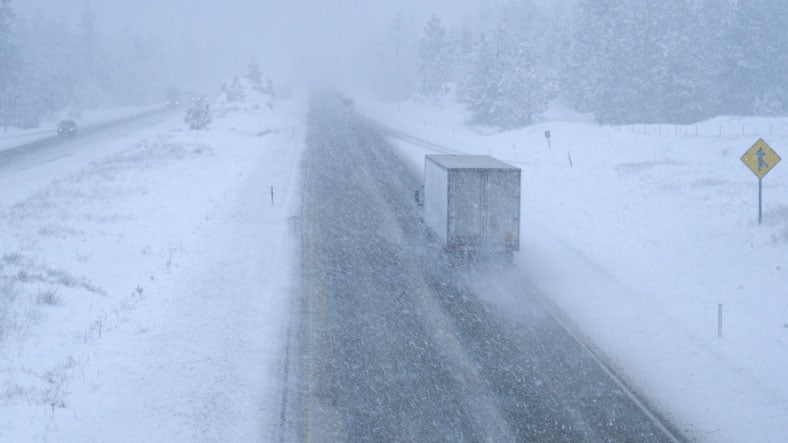Leak Detection and Repair Best Practices: 5 Core LDAR Program Elements
 The EPA has found significant widespread noncompliance with Leak Detection and Repair (LDAR) regulations. The agency has estimated that approximately 70,367 tons per year of volatile organic compounds (VOCs) and 9,357 tons per year of hazardous air pollutants (HAPs) have been emitted from equipment leaks. Emissions from equipment leaks exceed emissions from storage vessels, wastewater, transfer operations, and process vents.
The EPA has found significant widespread noncompliance with Leak Detection and Repair (LDAR) regulations. The agency has estimated that approximately 70,367 tons per year of volatile organic compounds (VOCs) and 9,357 tons per year of hazardous air pollutants (HAPs) have been emitted from equipment leaks. Emissions from equipment leaks exceed emissions from storage vessels, wastewater, transfer operations, and process vents.
VOCs contribute to smog and cause or aggravate respiratory disease. LDAR programs reduce product losses, increase safety, avoid enforcement actions, decrease exposure to community, reduce emission fees, and reduce costs. Keep reading for best practices when creating a leak detection and repair program.
1.) Identify Components
Before designing a program you must first determine the components and equipment that the program will preside over. Here are some tips to getting these things in order.
- Physically tag each regulated equipment component with a unique ID number.
- Write the component ID number on piping and instrumentation diagrams.
- Institute an electronic data management system for LDAR data and records, possibly including the use of bar coding equipment.
- Periodically perform a field audit to ensure lists and diagrams accurately represent equipment installed in the plant
2.) Leak Definition
Next, define what a leak is for your organization. This will insure that proper procedures are used at the appropriate times. This will assure compliance but also prevent unnecessary spending from over reaction. Here are some additional tips for defining a “leak”.
- Use a leak definition lower than what the regulation requires.
- Simplify the program by using the lowest leak definition when multiple leak definitions exist.
- Make the lowest leak definition conservative to provide a margin of safety when monitoring components.
- Keep the lowest leak definition consistent among all similar component types. For example, all valves in a facility might have a leak definition of 500 ppm.
3.) Monitor Components
Your program should detail the method you’re using to measure leaks to assure consistency and accuracy. Here are some suggestions for your program.
- Although not required by Method 21, use an automatic (electronic) data logger to save time, improve accuracy, and provide an audit record.
- Audit the LDAR program to help ensure that the correct equipment is being monitored, Method 21 procedures are being followed properly, and the required records are being kept.
- Monitor components more frequently than required by the regulations.
- Perform QA/QC of LDAR data to ensure accuracy, completeness, and to check for inconsistencies.
- Eliminate any obstructions (e.g., grease on the component interface) that would prevent monitoring at the interface.
- If a rule allows the use of alternatives to Method 21 monitoring, Method 21 should still be used periodically to check the results of the alternative monitoring method.
4.) Repair
Should you need to repair, your plan should clearly outline the steps that should be taken. Here are the most important points:
- Develop a plan and timetable for repairing components.
- Make a first attempt at repair as soon as possible after a leak is detected.
- Monitor components daily and over several days to ensure a leak has been successfully repaired.
- Replace problem components with “leakless” or other technologies
5.) Recordkeeping
Your program should include information on what records need to be kept, where and how often. Make sure to:
- Keep detailed and accurate records required by the applicable regulation.
- Update records to designate new components that are subject to LDAR due to revised regulations or process modifications.
- Perform internal and third-party audits of LDAR records on a regular basis to ensure compliance.
- Electronically monitor and store LDAR data including regular QA/QC audits.
This blog post uses suggestions and advice directly from EPA guidelines. You can view these EPA guidelines here.






